Maintaining stable blood sugar levels is crucial for overall health, especially for people with diabetes or those at risk of developing the condition. Moreover, Diet plays a significant role in managing blood sugar and certain foods can help regulate glucose levels effectively. In this guide, we will explore 13 super foods along with the nutrient facts and practical tips on how to include them in your diet. To know more about root cause of type 2 diabetes, read this article, https://sparklinglifestyle.in/type-2-diabetes-understand-the-root-cause/
13 superfoods to lower blood sugar level:
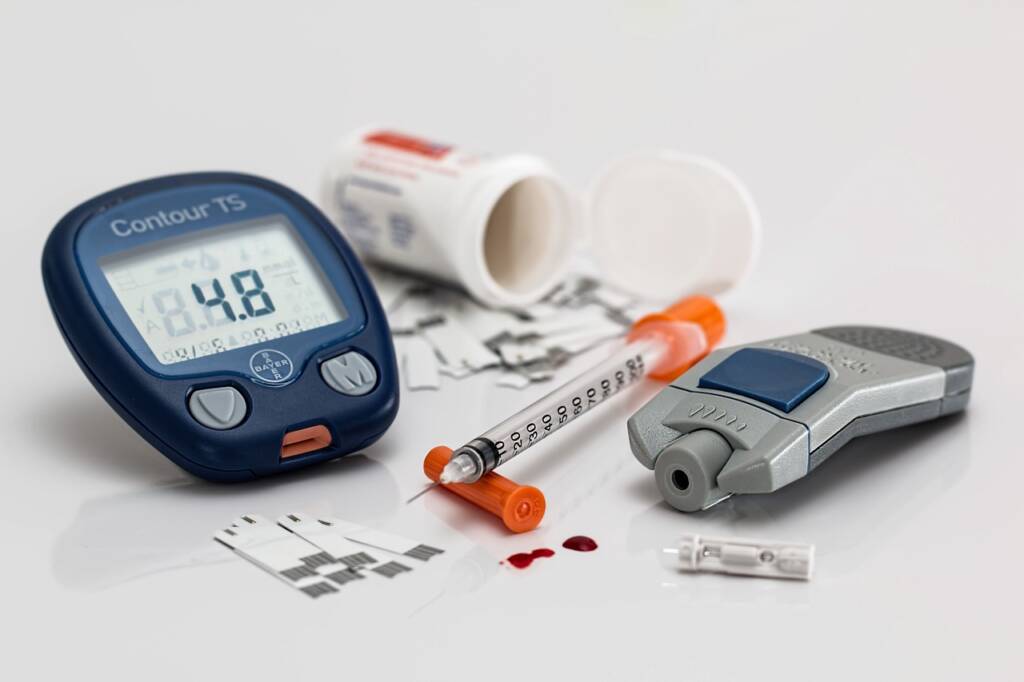
- Leafy greens:
Leafy greens like spinach, kale and switch chard are low in carbohydrates and high in fiber, making them excellent choice for blood sugar control. In addition, they also provide essential vitamins and minerals.
Nutrient facts:
A 1- cup serving of cooked spinach contains only 7 grams of carbohydrates and 4 grams of fiber. Moreover, Rich in vitamin A, C, K, and folate, as well as minerals like magnesium and potassium.
How to use:
Add raw spinach or kale to your salads. Or Sauté leafy grains with garlic and olive oil with nutritious side dish. Similarly, blend them into smoothies for a nutrient-packed start to your day.

- Cinnamon:
Cinnamon is a flavorful spice that has been shown to improve insulin sensitivity and lower blood sugar levels.
Nutrient facts:
Just 1 teaspoon of ground cinnamon contains only 2.1 grams of carbohydrates. Furthermore, it is a good source of antioxidants, particularly polyphenols.
How to use:
Sprinkle cinnamon on oatmeal or yogurt. Or add it to your morning coffee or tea for a hint of warmth. Similarly, use it in baking recipes as a natural sweetener.
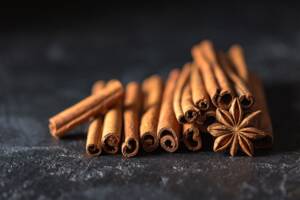
- Chia seeds:
Chia seeds are a superfood packed with fiber and healthy fats, which help stabilize blood sugar levels.
Nutrient facts:
2 tablespoons of chia seeds contain 10 grams of fiber and 4 grams of protein. They are also rich in Omega 3 fatty acids and minerals like calcium and magnesium.
How to use:
Create a chia pudding by mixing chia seeds with almond milk and your favorites sweetener. Or Sprinkle chia seeds on top of yogurt or cereal for added crunch and nutrition. Similarly, incorporate them into smoothies and baked goods for extra fiber.
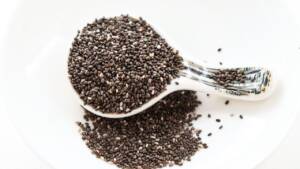
- Berries:
Barries like strawberries, blueberries and raspberries are low in carbohydrates and high in antioxidants, making them ideal for blood sugar management.
Nutrient facts:
A 1-cup serving of strawberries contain around 11 grams of carbohydrates and 3 grams of fiber. Berries are also rich in vitamin C, vitamin K and various antioxidants.
How to use:
Enjoy a bowl of mixed berries as a healthy dessert. Or Add berries to your morning cereal or yogurt. In addition, blend them into diabetes friendly smoothie.

- Legumes:
Beans, lentils, and chickpeas are excellent sauces of plant-based protein and fiber, which help regular blood sugar.
Nutrient facts:
A 1/2 cup of serving of cooked black beans contains approximately 20 grams of carbohydrates and 8 grams of fiber. Legumes are also high in protein, iron, and folate.
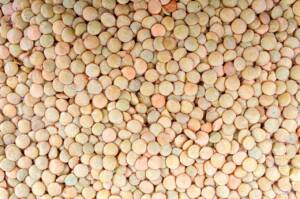
How to use:
Blend lentils into nutritious hummus spread. Or make a hearty bean soup or chill. Furthermore, Add chickpeas to salads for extra protein and fiber.
- Nuts:
Nuts like almonds, walnuts and pistachios are rich in healthy fats, fiber, and protein, all of which contribute to stable blood sugar levels.
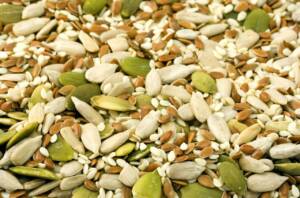
Nutrient facts:
A 1-ounce servings of almonds contained roughly 6 grams of carbohydrates and 3.5 grams of fiber. Nuts are also packed with unsaturated fats, Vitamins, and minerals such as magnesium.
How to use:
Snack on a handful of mixed nuts for a satisfying blood sugar friendly snack. Or add chopped nuts to your morning cereal or oatmeal. Or Use nut butter as a dip for sliced vegetables or as a spread on whole grain bread.
- Oatmeal.
Oatmeal is a whole grain rich in soluble fiber, which slows down the absorption of glucose and helps stabilize blood sugar.
Nutrient facts:
A ½ cup servings of dried oats contain about 27 grams of carbohydrates and 4 grams of fiber. Oats are also a good source of B vitamins, iron, and magnesium.

How to use:
Prepare oatmeal with water or unsweetened almond milk. Or Tops eat with fresh berries and a sprinkle of cinnamon for added flavor. Or Experiment with savory oatmeal by adding vegetables and poached egg.
- Greek yogurt.
Greek yogurt is a protein-packed dairy product that can help control blood sugar levels while providing essential nutrients.
Nutrient facts:
A 6-ounce serving of plain Greek yogurt contains approximately 7 grams of carbohydrates and 15 grams of protein. Moreover, it is an excellent source of probiotics, calcium, and vitamin D.

How to use:
Enjoy Greek yogurt with a drizzle of honey and some chopped nuts. Or use it as a base for smoothie bowls or parfaits. Or incorporate it into savory disease like tzatziki sauce or as a substitute for sour cream.
- Salmon fish:
Salman is fatty fish rich in Omega 3 fatty acids, which have been linked to improved insulin sensitivity and reduced inflammation.
Nutrient facts:
A 3.5-ounce serving of cooked salmon contained negligible carbohydrates. In addition, it is an excellent source of high-quality protein, omega-3s and vitamin D.
How to use:
Grill or bake salmon with a simple herb and lemon marinade. Or serve it alongside a side of leafy greens or quinoa for a balanced meal. Or add canned salmon to salads or make someone patties for a quick, diabetes-Friendly dinner.
- Garlic.

Garlic is a flavorful herb with potential blood sugar-lowering properties. It also may help improve insulin sensitivity.
Nutrient facts:
One clove of garlic contains only about 1 gram of carbohydrates. Additionally, Garlic is also source of vitamin C and B6, as well as manganese.
How to use:
Use fresh garlic in your cooking for added flavor. Moreover, roast whole garlic cloves and spread them on whole-grain bread. Similarly, Experiment with garlic-based marinades bread and sauces for meat and vegetables.
- Broccoli:
Broccoli is low in carbohydrates and high in fiber, making it an excellent choice for making blood sugar levels. Furthermore, its chromium content may enhance insulin sensitivity, helping cells use glucose more effectively.
Nutrient facts:
A 1 Cup of serving of cooked broccoli contains approximately 6 grams of carbohydrates and 2.4 grams of fiber. In addition, Broccoli is rich in vitamins such as vitamin C, vitamin K and folate. It is also a good source of minerals like potassium and chromium, which may help regular blood sugar.
How to use:
Steam or roast broccoli as a side dish for your meals. Similarly, add chopped broccoli to salads for added crunch and nutrition and make a delicious broccoli soup or steer-fry with other vegetables and lean protein. In addition, Use broccoli florets as a healthy dipping option for hummus or Greek yogurt-based dips.
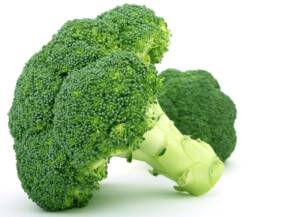
- Flax seeds:
Flax seeds are rich in soluble fiber, which can slow down the absorption of sugar and improved blood sugar level. In addition, the alpha linolenic acid (ALA) in flax seeds may have anti-inflammatory effects, potentially benefiting those with diabetes.
Nutrient facts:
2 tablespoons of ground flaxseeds contain approximately 4 grams of carbohydrates and 4 grams of fiber. Additionally, Flaxseeds are rich source of alpha linolenic acid (ALA), a type of Omega 3 fatty acid. Moreover, they also provide lignans which have antioxidant properties.
How to use:
Sprinkle ground flaxseeds on top of yogurt, oatmeal, or cereal. In addition, blend flaxseeds into smoothies for added fiber and Omega-3s and use flax seeds meal as an egg substitute in baking recipe (1 tablespoon flax seeds meal + 3 tablespoon water = 1 egg). Similarly, mix flax seeds into salad dressings or as a coating for baked chicken or fish.
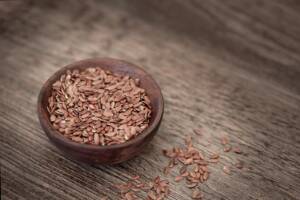
- Pumpkin seeds:
Pumpkin seeds are a low- carb, protein-rich snack that can help prevent blood sugar spikes. In addition, their magnesium content may contribute to better insulin regulation and improved blood sugar levels.
Nutrient facts:
About 28 grams serving of pumpkin seeds contain approximately 4 grams of carbohydrates, 1.7 grams of fiber and 7 grams of protein. Furthermore, Pumpkin seeds are rich in minerals like magnesium, which plays a role in insulin regulation. They are also source of zinc and healthy facts.
How to use:
Roast pumpkin seeds with a touch of olive oil and your favorite spices for a crunchy snack. Additionally, sprinkle pumpkin seeds on top of salads or soup for added texture and flavor and use them as a garnish for roasted vegetables and quinoa dishes. Similarly, incorporate pumpkin seeds into homemade granola or energy bars for a nutritious boost.
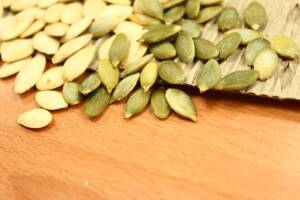
Important tips:
In conclusion, when incorporating these foods into your diet, consider portion control, especially if you are monitoring your carbohydrate intake. Additionally, be mindful of added sugars in recipes and condiments when preparing these foods. Therefore, it is advisable to consult with a registered dietitian for personalized guidance on managing blood sugar, especially if you have diabetes or other health conditions.
Conclusion:
In summary, incorporating these 13-blood sugar friendly foods into your diet can be a delicious and effective way to manage your blood sugar levels. Finally, remember that a balanced-diet, portion control and a regular physical activity are essential components of blood sugar management. Lastly, by making mindful food choices and embracing these nutrient-packed options, you can take significant- steps towards better blood sugar control and improve overall health. To know more about type 2 diabetes and how to reverse type 2 diabetes, follow my Instagram page.


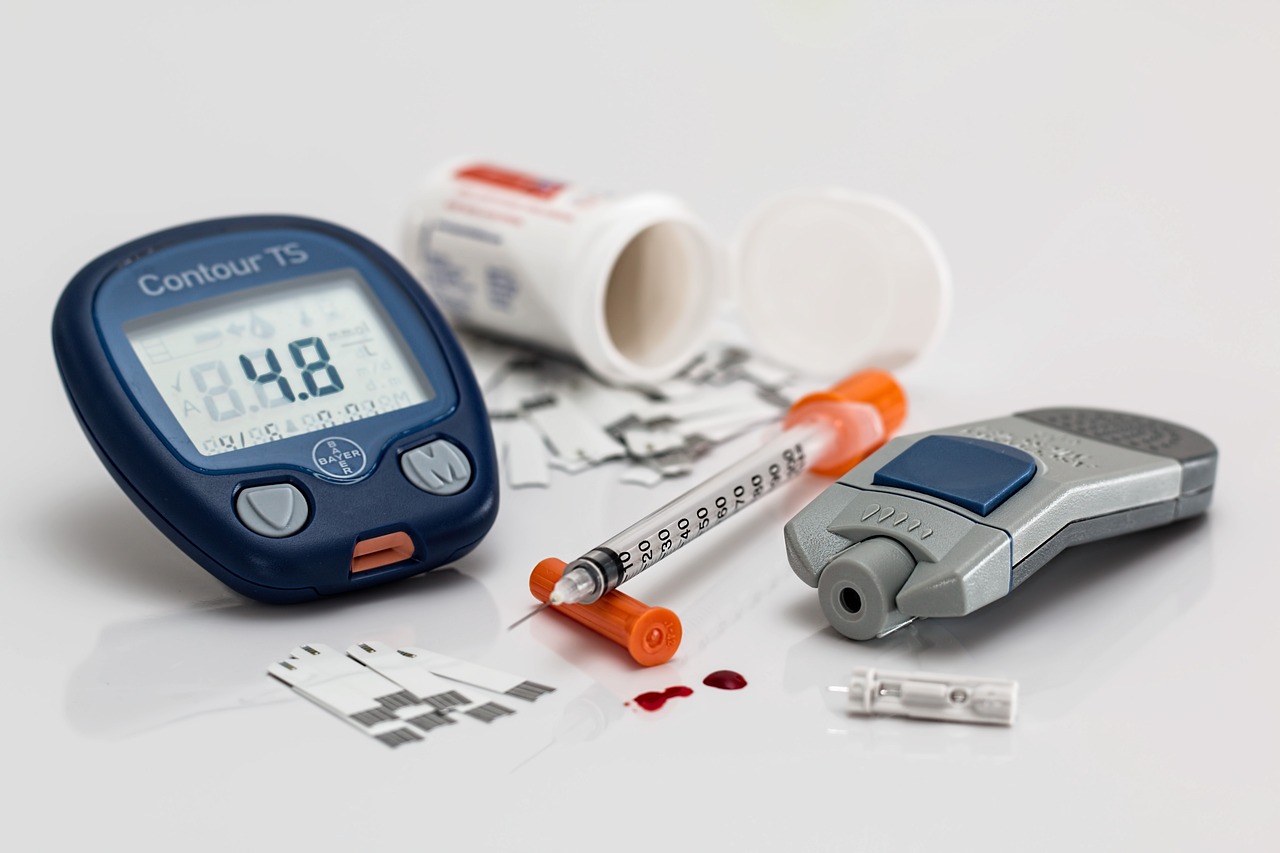
Leave a Comment